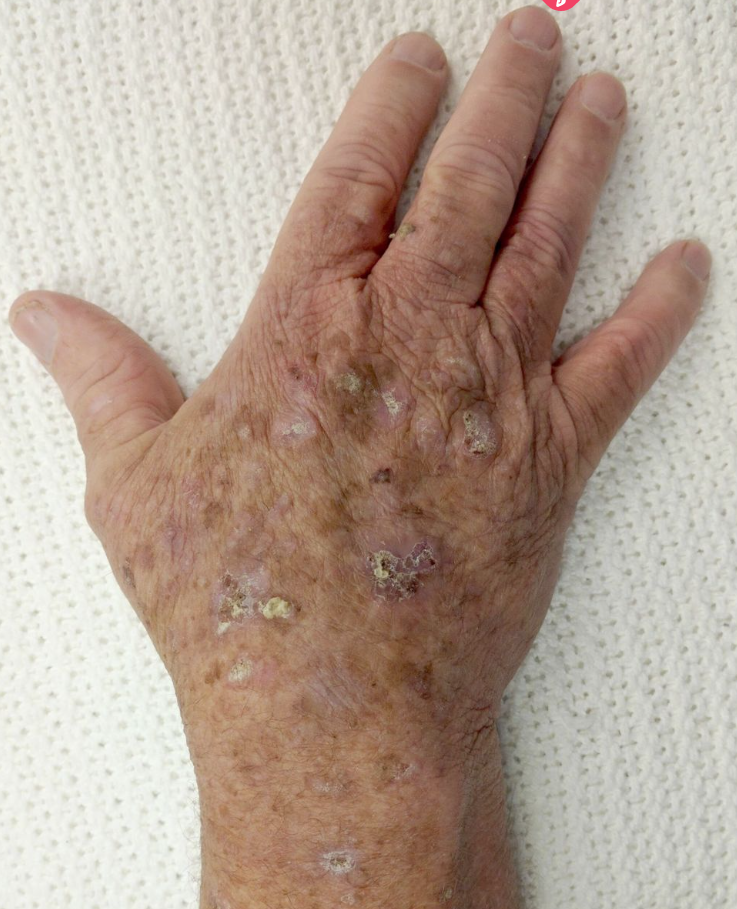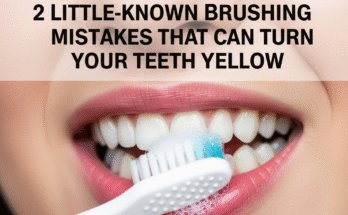
Understanding Keratosis: Types, Causes, and Treatments
Keratosis is a common skin condition characterized by the overproduction of keratin—a structural protein found in the skin, hair, and nails. This excess keratin can lead to rough, scaly, or thickened patches on the skin. While many types of keratosis are harmless, some may signal precancerous changes and warrant medical attention.
Types of Keratosis
1. Seborrheic Keratosis
Seborrheic keratosis is a non-cancerous skin growth that typically appears as a waxy, wart-like spot in shades of brown, black, or tan. These lesions are common in older adults and tend to increase with age. Though harmless, they can be removed if they become irritated or cosmetically bothersome.
2. Actinic Keratosis (Solar Keratosis)
Actinic keratosis is considered a precancerous condition. It usually manifests as dry, rough, or scaly patches on sun-exposed areas such as the face, ears, scalp, hands, and forearms. Caused by long-term UV radiation, these lesions can potentially progress to squamous cell carcinoma if left untreated.
3. Keratosis Pilaris
Often nicknamed “chicken skin,” keratosis pilaris causes small, rough bumps, typically on the upper arms, thighs, cheeks, or buttocks. This harmless condition occurs when keratin blocks hair follicles. While it poses no health risk, it can be cosmetically distressing. It’s most common in children and teens and often improves over time.
Causes and Risk Factors
The cause of keratosis depends on the type:
- Actinic keratosis is mainly caused by chronic sun exposure.
- Seborrheic keratosis and keratosis pilaris may have genetic links.
- Keratosis pilaris can also be triggered by dry skin, hormonal changes, or skin conditions like eczema.
People with fair skin, a history of frequent sun exposure, or a family background of skin disorders are at greater risk for developing keratosis.
Diagnosis
A dermatologist can usually diagnose keratosis through a visual exam. If a lesion looks suspicious or has changed in shape, color, or size, a skin biopsy may be performed to rule out skin cancer.
Treatment Options
Treatment depends on the type and severity:
- Seborrheic keratosis generally doesn’t require treatment but can be removed using cryotherapy (freezing), curettage (scraping), laser treatment, or electrosurgery.
- Actinic keratosis should be treated to prevent skin cancer. Options include cryotherapy, topical medications (like 5-fluorouracil or imiquimod), photodynamic therapy, or chemical peels.
- Keratosis pilaris is typically managed with moisturizers, gentle exfoliation, and creams containing lactic acid, salicylic acid, or urea.
Prevention and Management
To reduce your risk—particularly of actinic keratosis—consider the following:
- Apply sunscreen daily with SPF 30 or higher.
- Avoid tanning beds and limit sun exposure during peak hours.
- Keep skin moisturized, especially if prone to keratosis pilaris.
- Perform regular skin checks for new or changing spots.
When to See a Doctor
Consult a healthcare provider if:
- A lesion becomes painful, bleeds, or changes rapidly.
- You’re unsure whether a growth is benign or cancerous.
- You wish to have lesions removed for aesthetic reasons.
Conclusion
Keratosis is a broad term that encompasses several skin conditions, ranging from harmless bumps to lesions that require medical intervention. Knowing what type of keratosis you have is key to choosing the right treatment and protecting your skin health.


